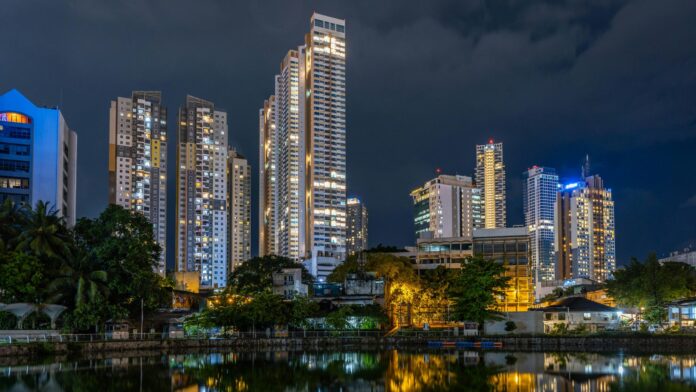The launch of the City of Dreams Colombo marks a striking moment in Sri Lanka’s economic and urban narrative. With a price tag of 1.2 billion US dollars, the integrated resort, developed jointly by John Keells Holdings and Melco Resorts, introduces not just a new skyline to the capital but a new economic ambition. Featuring luxury hotels, world-class convention facilities, high-end retail, and a gaming center, the project aims to rebrand Colombo as a premier destination for South Asian business and tourism. Whether this vision materializes into inclusive growth or remains a fortress of elite consumption will depend on how strategically its benefits are extended beyond its glittering walls.
At face value, the project arrives at a convenient time. Sri Lanka, still clawing its way out of a historic financial crisis, is desperate for foreign investment, job creation, and a renewed global image. City of Dreams promises all three. It has already generated thousands of construction jobs and is expected to create permanent employment in hospitality, event management, security, and maintenance. The resort’s developers also project a boost to MICE tourism, a segment that brings high-spending international visitors for meetings, conferences, and exhibitions. These advantages are real and needed. But they are not automatic. They must be managed with a vision that prioritizes economic spillovers and inclusive urban development.
Colombo’s transformation into a luxury services hub is not without precedent. Cities such as Singapore, Macau, and Dubai have successfully used similar anchor developments to elevate their global standing. However, they did so with long-term urban planning, infrastructure integration, and strong regulatory oversight. In Sri Lanka’s case, the surrounding urban environment still suffers from congestion, underdeveloped transport systems, and unequal access to public services. If City of Dreams is to become more than an isolated monument of private ambition, it must connect to the city’s broader economic and social fabric. This means accessible job pathways, local supplier inclusion, and reinvestment into public infrastructure.
The inclusion of a casino, while expected to boost high-value tourism, has also reignited ethical and policy debates. Critics question the social cost of legalized gambling, the potential for crime, and its alignment with the country’s cultural fabric. Proponents argue that regulated gaming is already an industry reality and that ignoring it only fuels informal or offshore operations. The decision to go forward with the casino was clearly an economic one, but it now requires robust regulation, transparency, and institutional integrity to avoid the pitfalls seen in other markets.
There is also a question of timing. As Sri Lanka negotiates international debt obligations and fiscal tightening, the optics of a luxury resort opening in the heart of Colombo can appear disconnected from the daily struggles of ordinary citizens. Policymakers must communicate not just the economic logic but the social relevance of such projects. One way to do this is by committing a portion of tax revenues generated from the project to urban renewal, education, or health initiatives within the city. Visible public benefit is the best way to counter public skepticism.
City of Dreams Colombo is more than a building. It is a statement of intent. Whether that intent results in sustainable progress or deepens the divide between two cities within one capital will depend on how leaders, developers, and citizens choose to engage with it. The dream is built. The challenge now is to ensure it belongs to more than just a few.




